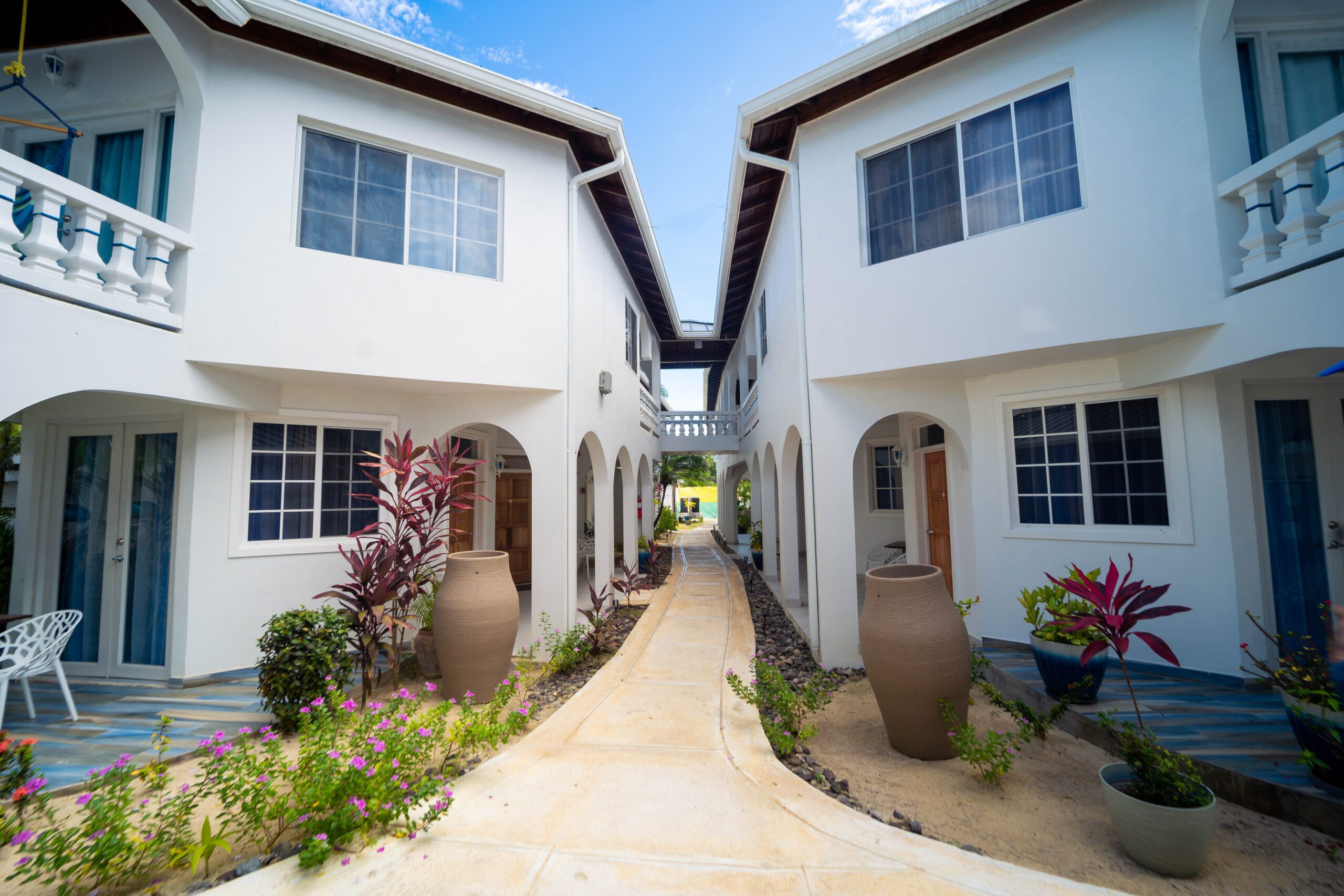Negril, a small but thriving town on the westernmost tip of Jamaica, boasts a vibrant arts scene that reflects the spirit of the island and its people. Rooted in the cultural tradition of the region, the art in Negril encompasses a vast range of styles and mediums, creating a colorful tapestry of artistic expression that is as diverse as the town itself.
A Brief Introduction to Negril
Negril has come a long way from its humble beginnings as a sleepy fishing village. Today, it stands out as a coveted destination known for its breathtaking Seven Mile Beach, crystal-clear turquoise waters, and dramatic cliffs. Yet, the essence of Negril lies beyond the sun, sea, and sand. The town has managed to retain its raw authenticity, chiefly through the vibrant culture reflected in the local art scene.
Art Galleries and Studios in Negril
While Negril might not have the concentrated art districts of larger cities, it is dotted with a surprising number of art galleries and studios, each adding its unique voice to the artistic symphony of the town.
The Negril Craft Market
Begin your exploration at the Negril Craft Market, the beating heart of local creativity. This bustling open-air market, located close to the Seven Mile Beach, offers a treasure trove of local art and crafts. From handmade ceramics and intricate carvings to vibrant textiles and jewelry, the market is a testament to the skills and talents of Negril’s artisans. Notably, you’ll discover countless unique pieces, each one bearing the mark of the artist’s individuality and innovation.
The Peter Tosh Museum
For a more structured art experience, pay a visit to the Peter Tosh Museum. While primarily a tribute to the Reggae legend, the museum is also a showcase for local artists whose work reflects the spirit of Tosh’s music. This includes an array of visual art and installations inspired by the themes of Rastafari culture, social resistance, and musical rebellion.
The Art House
Located slightly off the beaten track, the Art House is a haven for contemporary art in Negril. This independent gallery features the work of emerging and established local artists, specializing in a range of mediums from painting and sculpture to digital art. The Art House’s mission is to promote art’s role as a medium of communication and expression, and they actively engage the local community through workshops and exhibitions.
Local Artists in Negril
Art in Negril is an intrinsic part of its cultural fabric, with countless artists contributing to its vibrant scene.
Ras Natango
A self-taught artist and master of Batik, Ras Natango’s work is a riot of color that captures the spirit of Negril. Natango’s work often depicts scenes from daily life, imbuing ordinary moments with a sense of beauty and wonder. His vibrant art is a true reflection of the spirit of Negril, characterized by a unique blend of reality and fantasy.
James ‘Bukka’ Bukka
Known for his intricate woodcarvings, Bukka’s work is a testament to the rich natural resources of Negril. Bukka’s pieces often take the form of animals and are celebrated for their attention to detail and the skillful use of local wood. By shaping each piece by hand, Bukka pays homage to the town’s traditional craftsmanship.
The Alkhebu Family
As a family of painters, each member of the Alkhebu Family brings their distinct style and perspective to the canvas. Their works often incorporate elements of Negril’s natural beauty, local legends, and Rastafarian spirituality. Their pieces are not just visually striking, but also provoke thought about identity, community, and cultural heritage.
Negril’s Artistic Pulse: The “Jamaica Giants” Project
While Negril’s pristine beaches and captivating sunsets never fail to enchant, it’s the town’s vibrant art scene that offers a deeper dive into its cultural soul. A standout element is the “Jamaica Giants,” an extraordinary artistic initiative that has quite literally painted the town in rich, cultural narratives.
“Jamaica Giants” comprises striking murals of iconic Jamaican figures, transforming mundane urban walls into masterpieces of public art. Each mural is a bold homage to individuals who have shaped the nation’s identity, from historical heroes to contemporary trailblazers. These arresting artworks serve as larger-than-life history lessons, narrating tales of triumph, struggle, and the indomitable Jamaican spirit.
But the project transcends its role as a tribute; it’s a thriving platform for local artistic expression. Negril’s artists, both seasoned and aspiring, find voice and vision in “Jamaica Giants,”. Contributing to a dynamic street gallery that invites tourists to engage with Jamaica’s heritage on a more intimate, authentic level. Amidst the natural beauty of Negril, “Jamaica Giants” offers visitors a colorful pathway into the heart of Jamaica’s cultural legacy. Proving that the island’s truest art form is its own storied history.
The Future of Negril’s Art Scene
Despite the recent growth of Negril’s art scene, it remains intimately connected to the town’s culture and history. Art is not confined to the walls of galleries and studios. It is integrated into the very life of the community. From murals on public walls to craft workshops for children and adults alike, art in Negril is a living, breathing entity.
Looking forward, Negril’s art scene is poised for further growth. With the rise of digital platforms, local artists now have the opportunity to showcase their work to a global audience. At the same time, initiatives like the annual Negril Art Festival continue to foster a supportive environment for emerging talent. Through these channels, the art scene in Negril is gradually carving out its place on the global stage.
While Negril has stunning beaches and mesmerizing sunsets. The town’s art scene has proven that it has much more to offer. So the next time you visit, venture beyond the shoreline and immerse yourself in Negril’s thriving artistic landscape. You’ll discover a kaleidoscope of creativity, mirroring the vibrancy and diversity of Negril itself.
